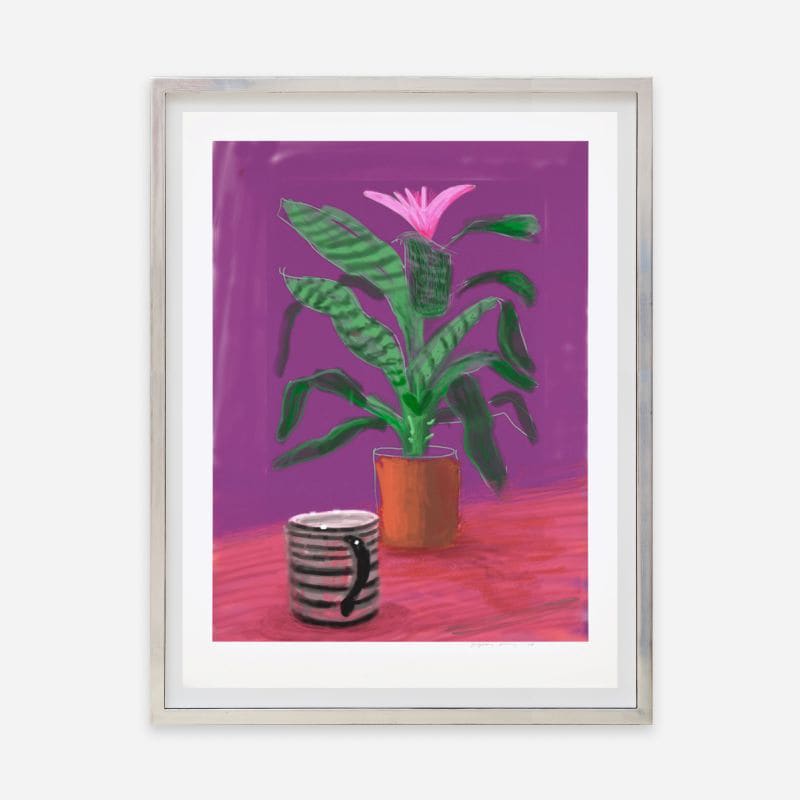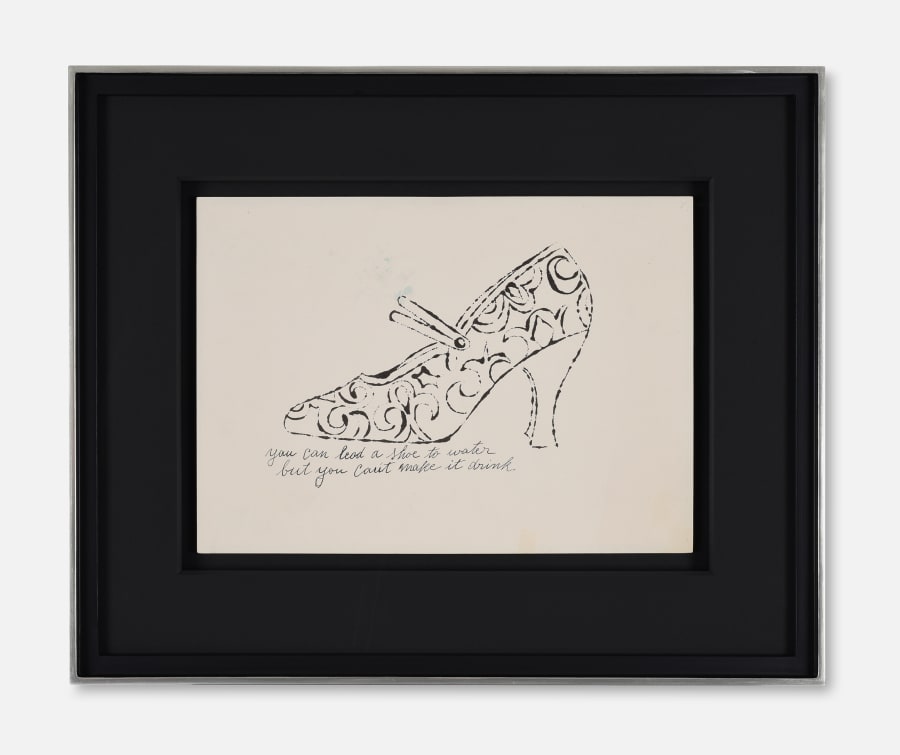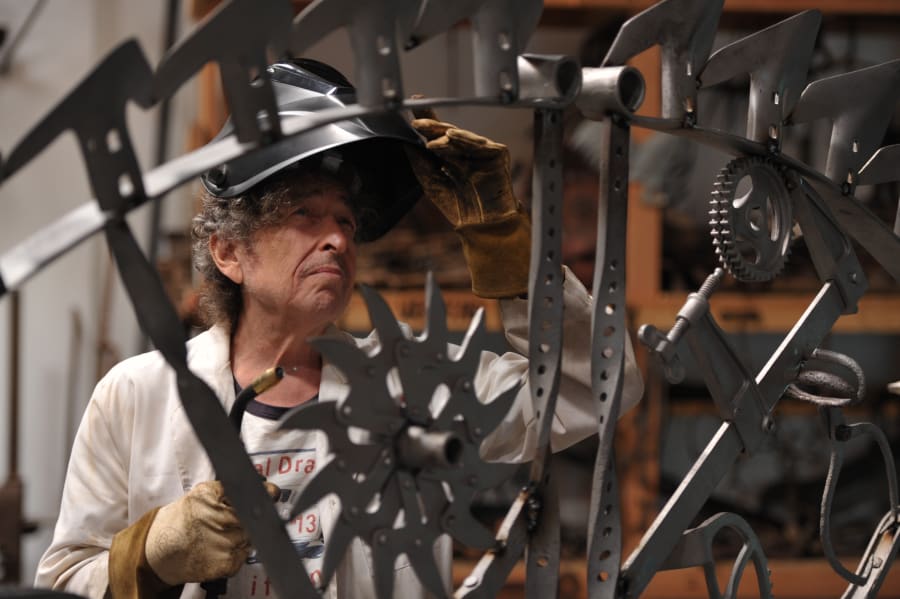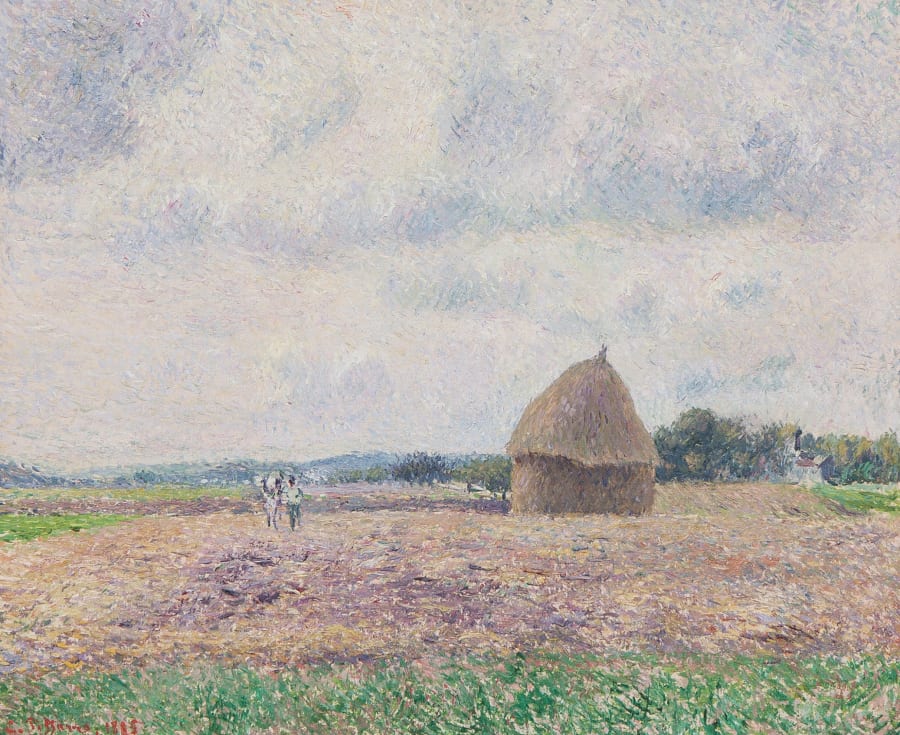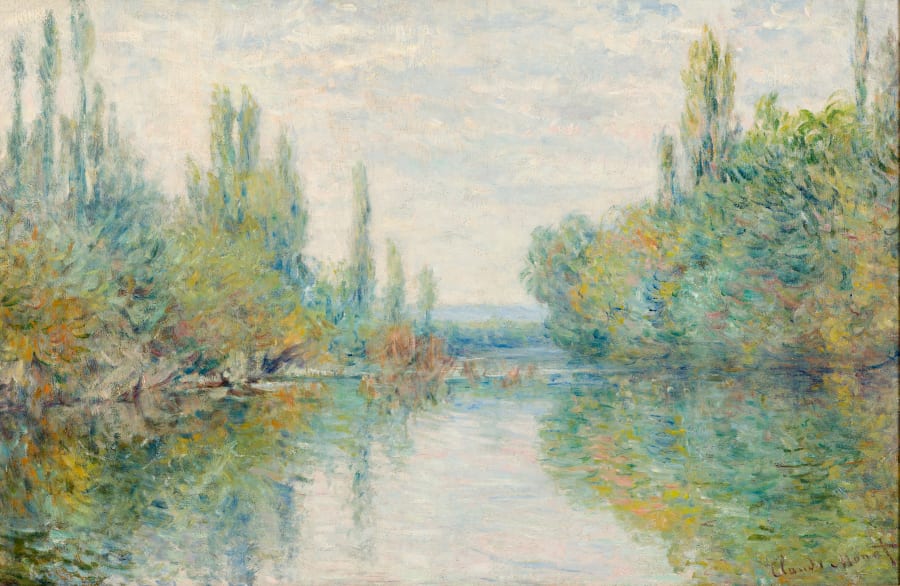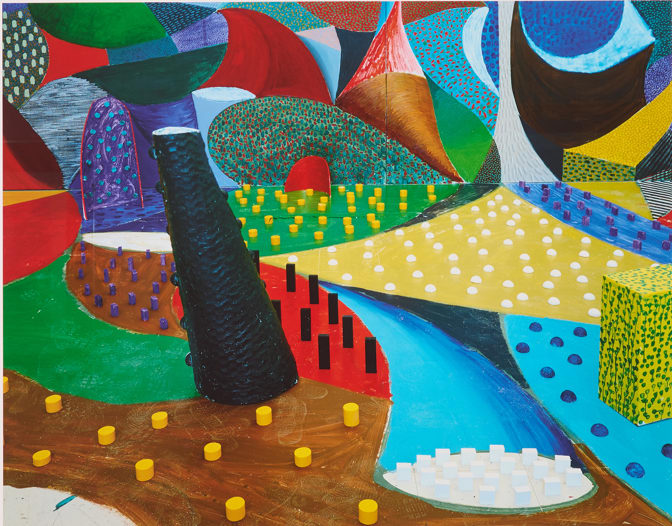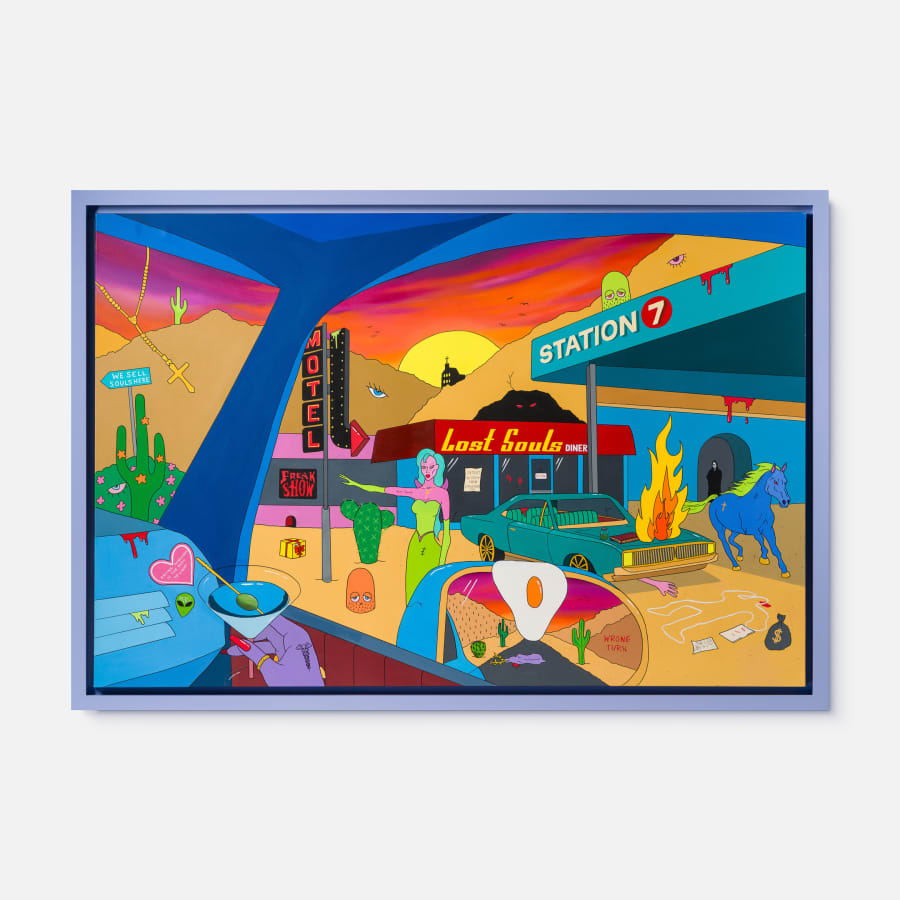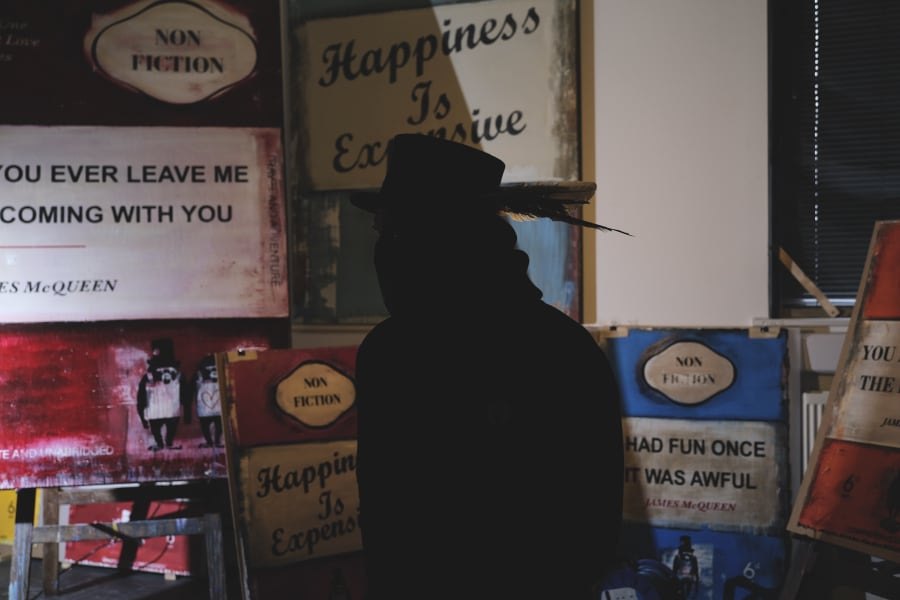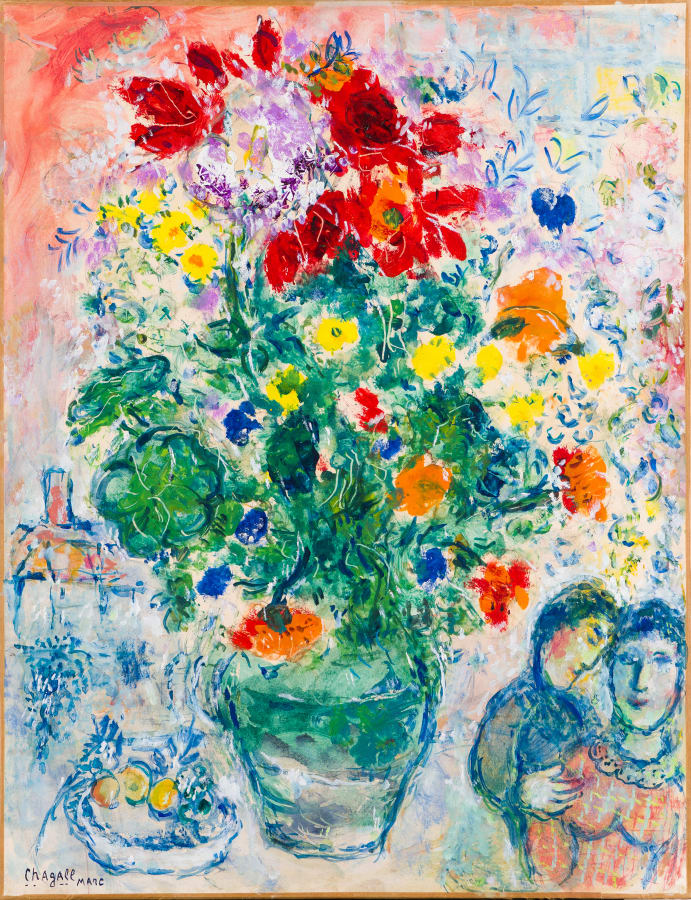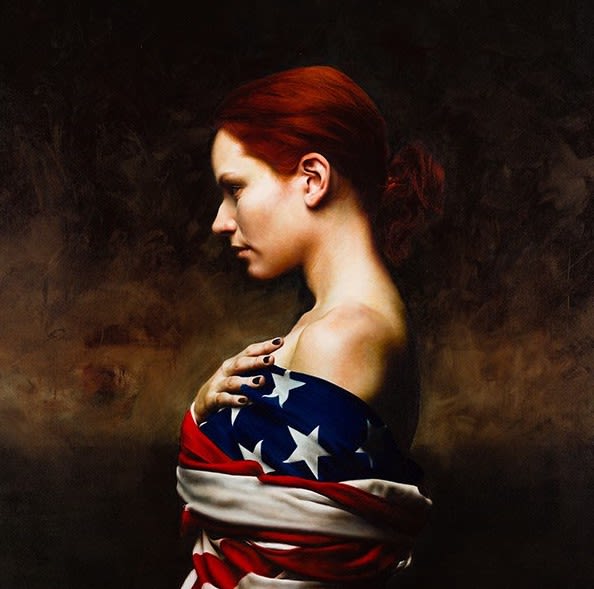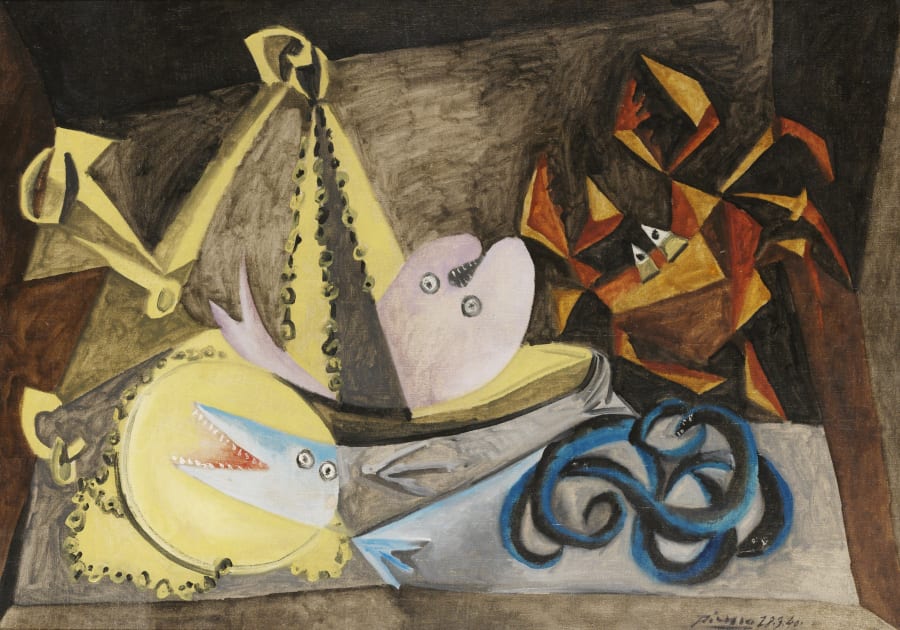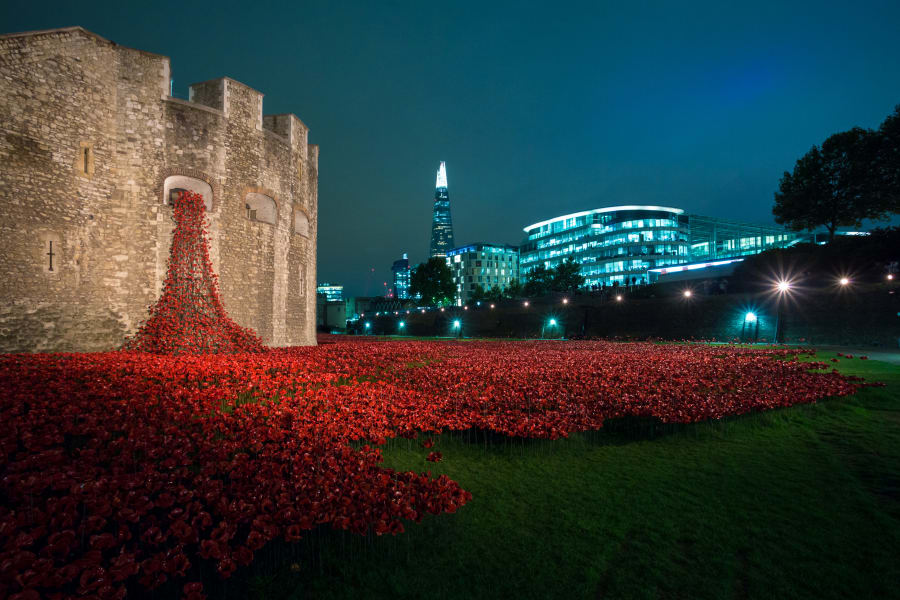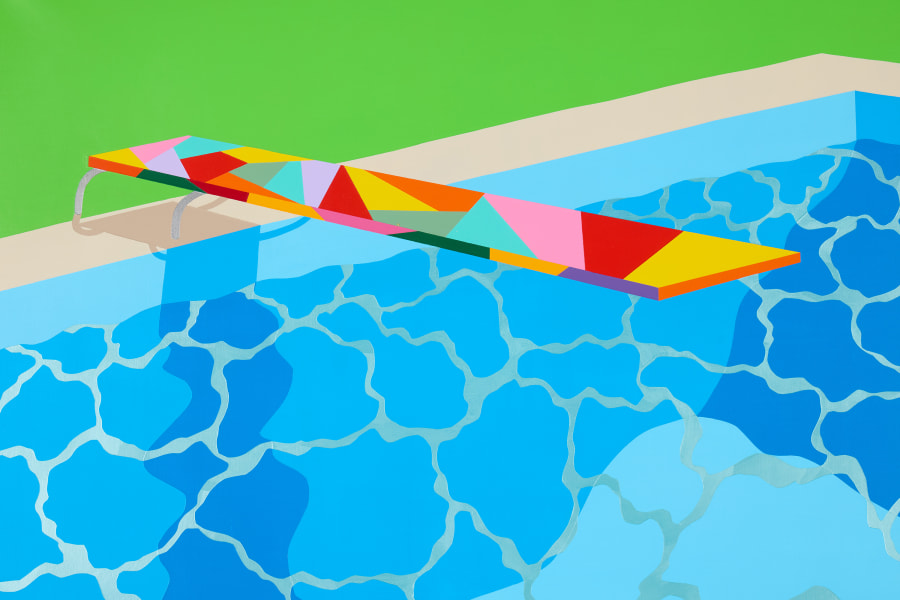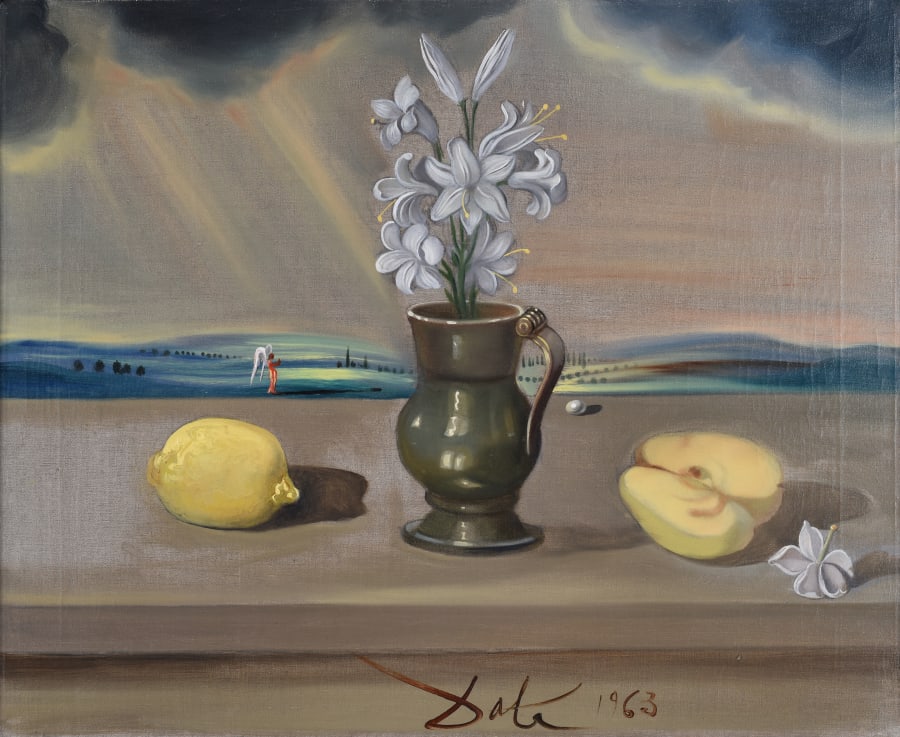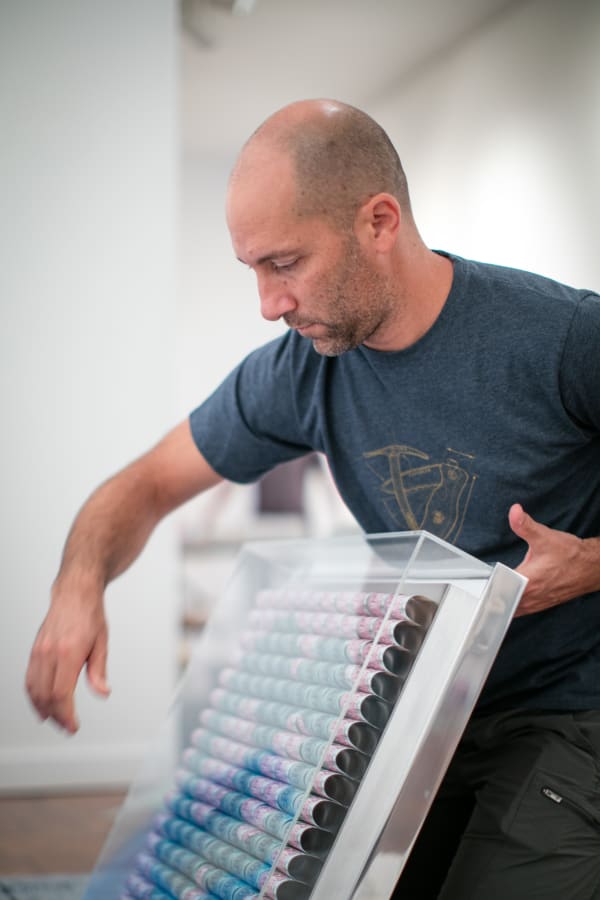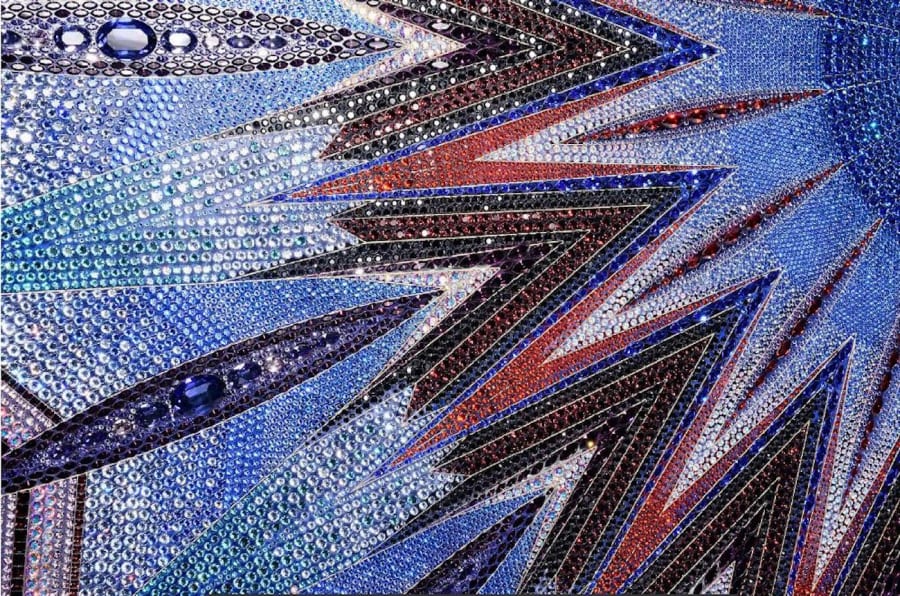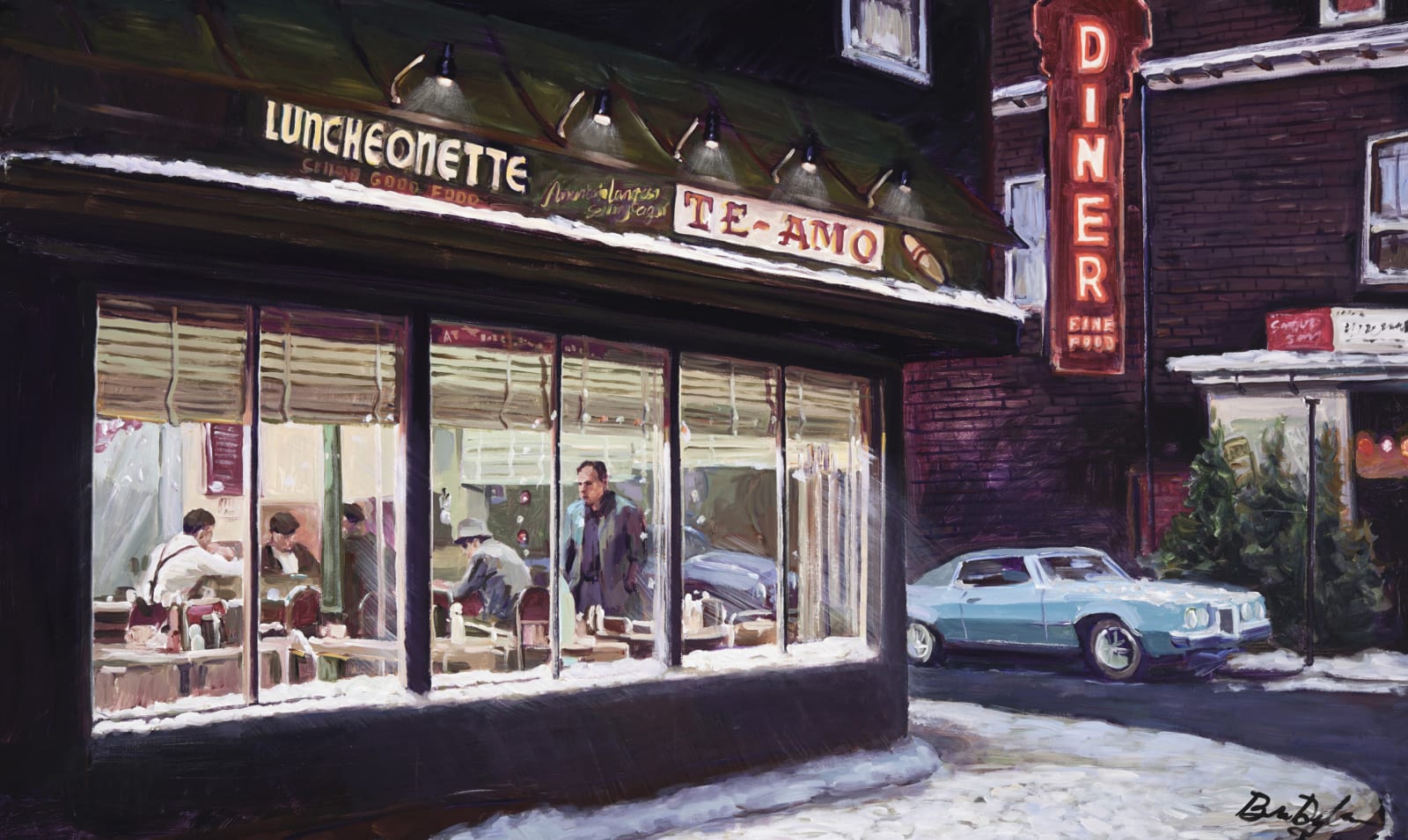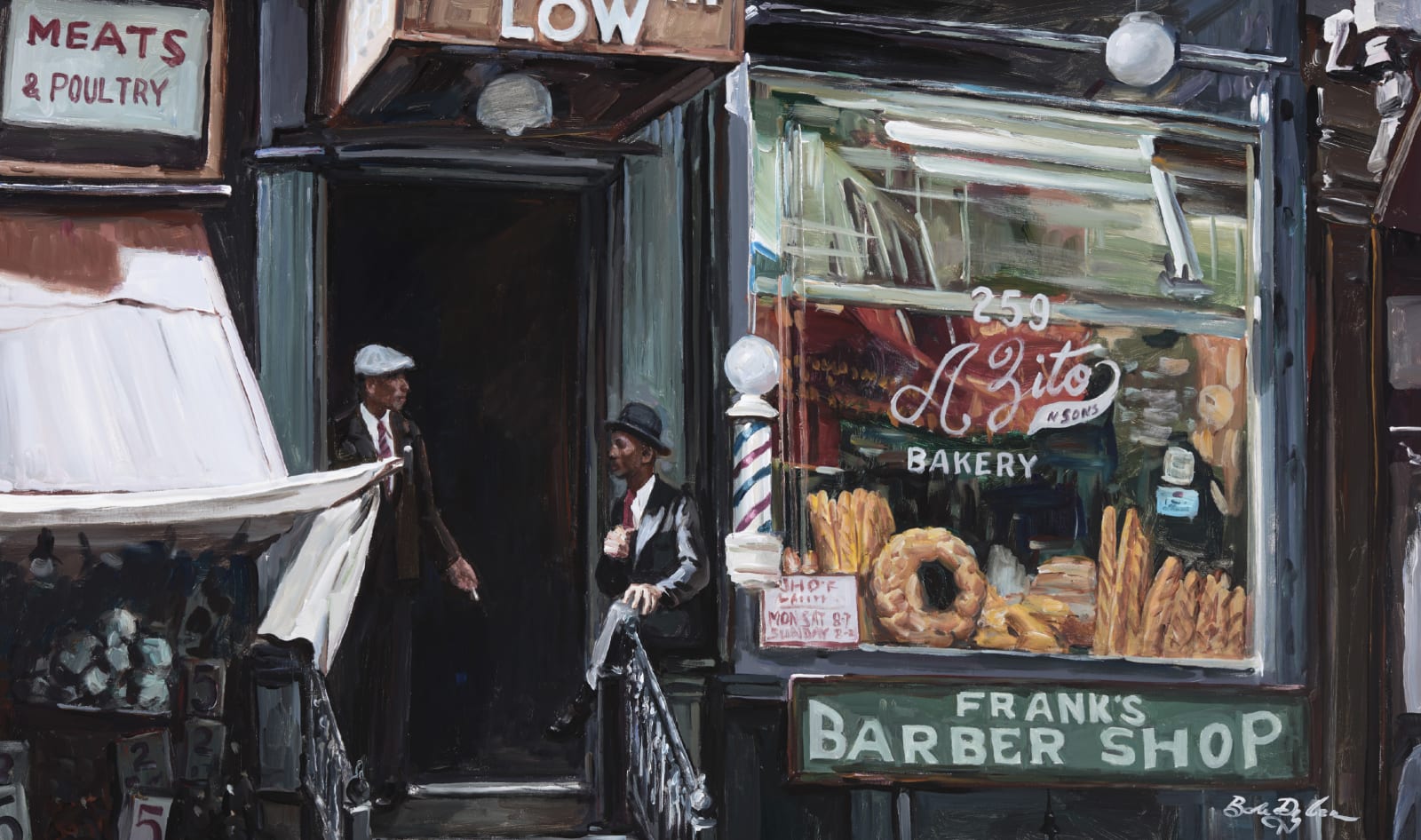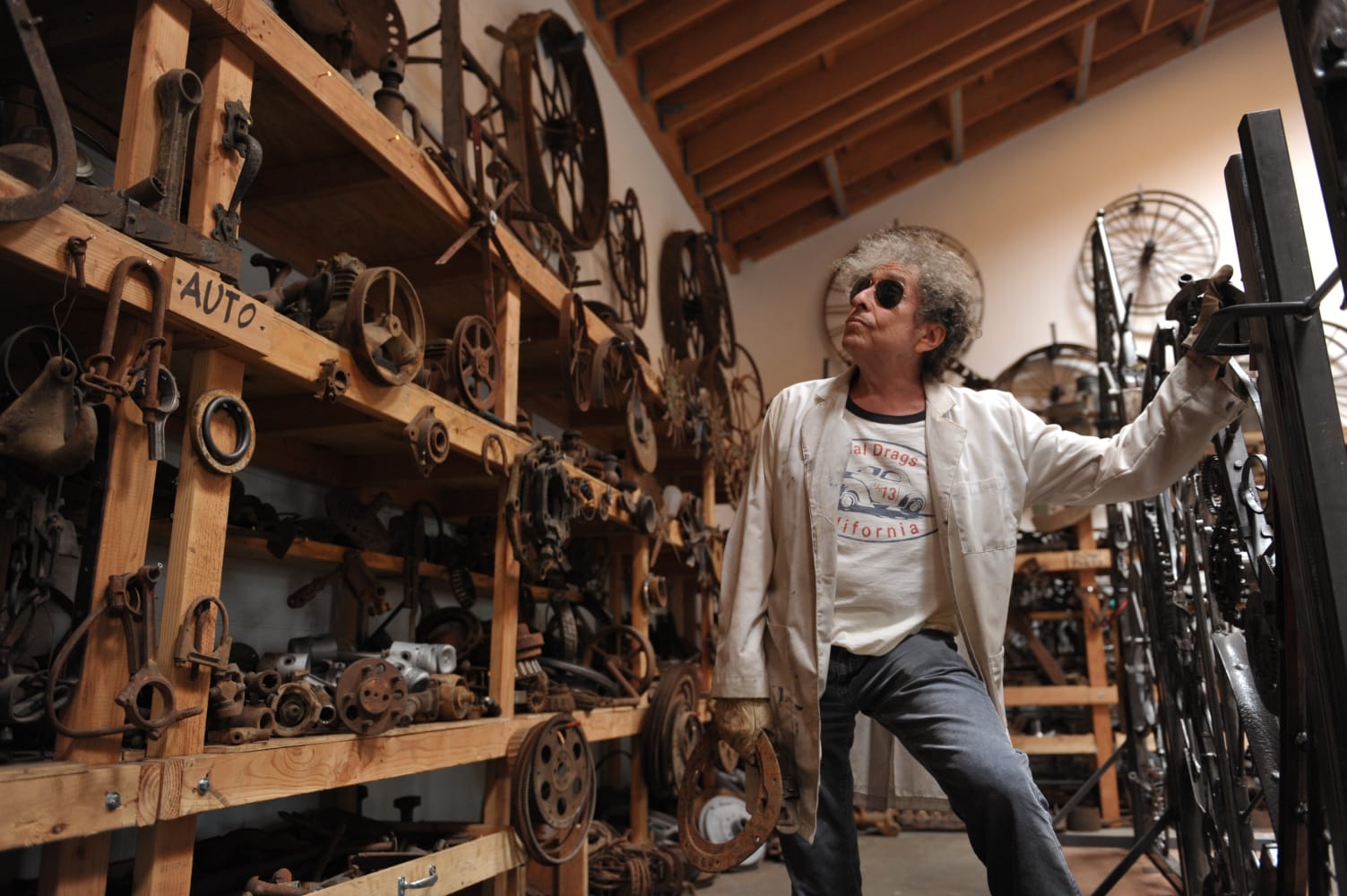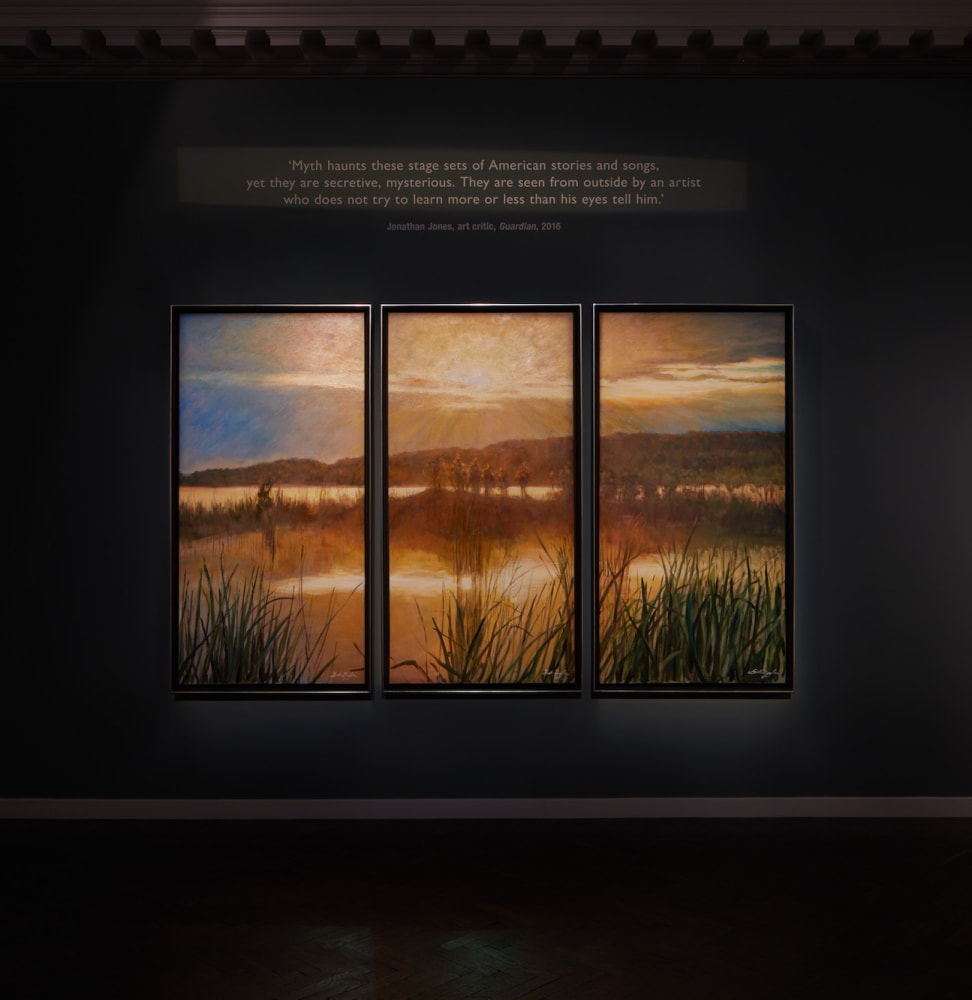

David Hockney
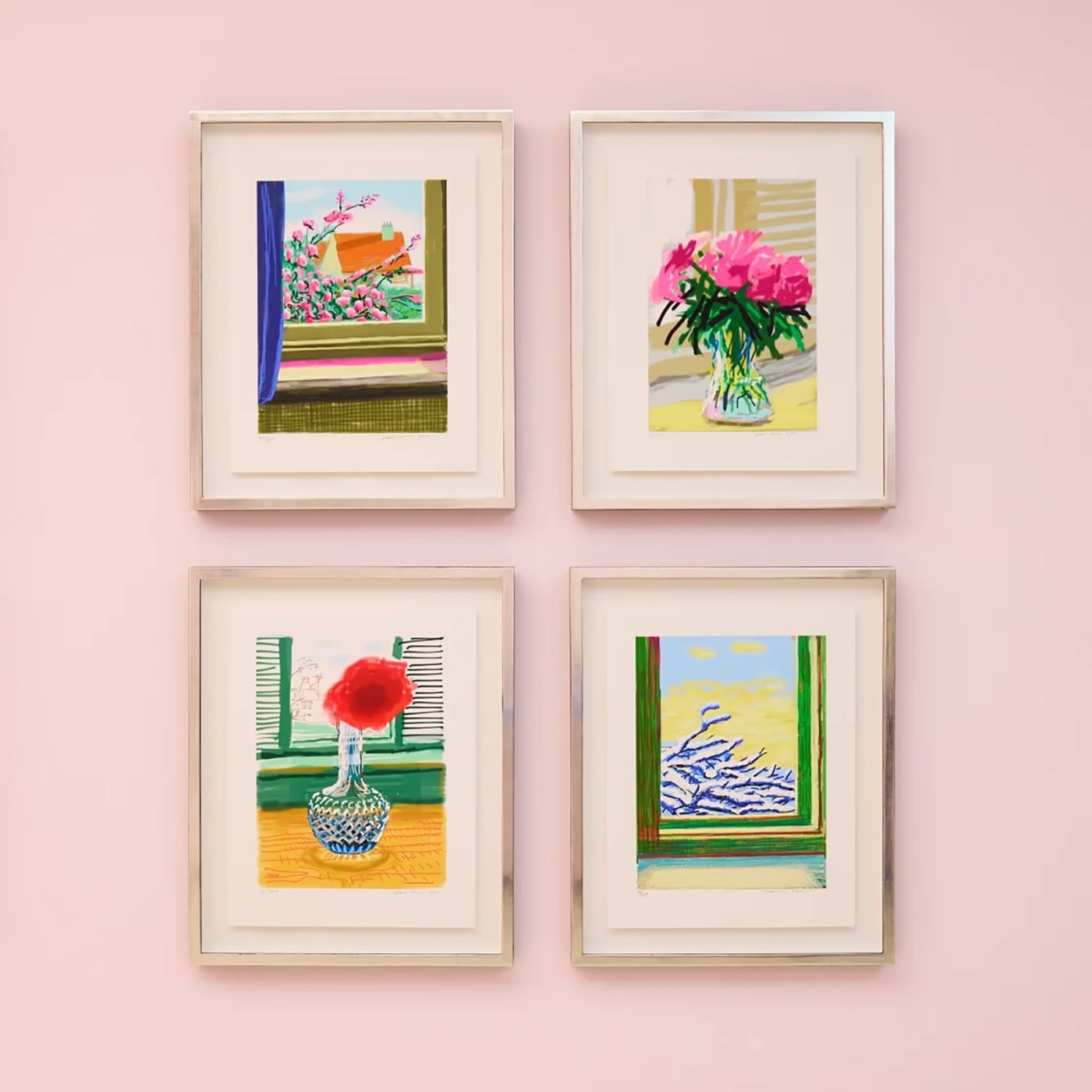
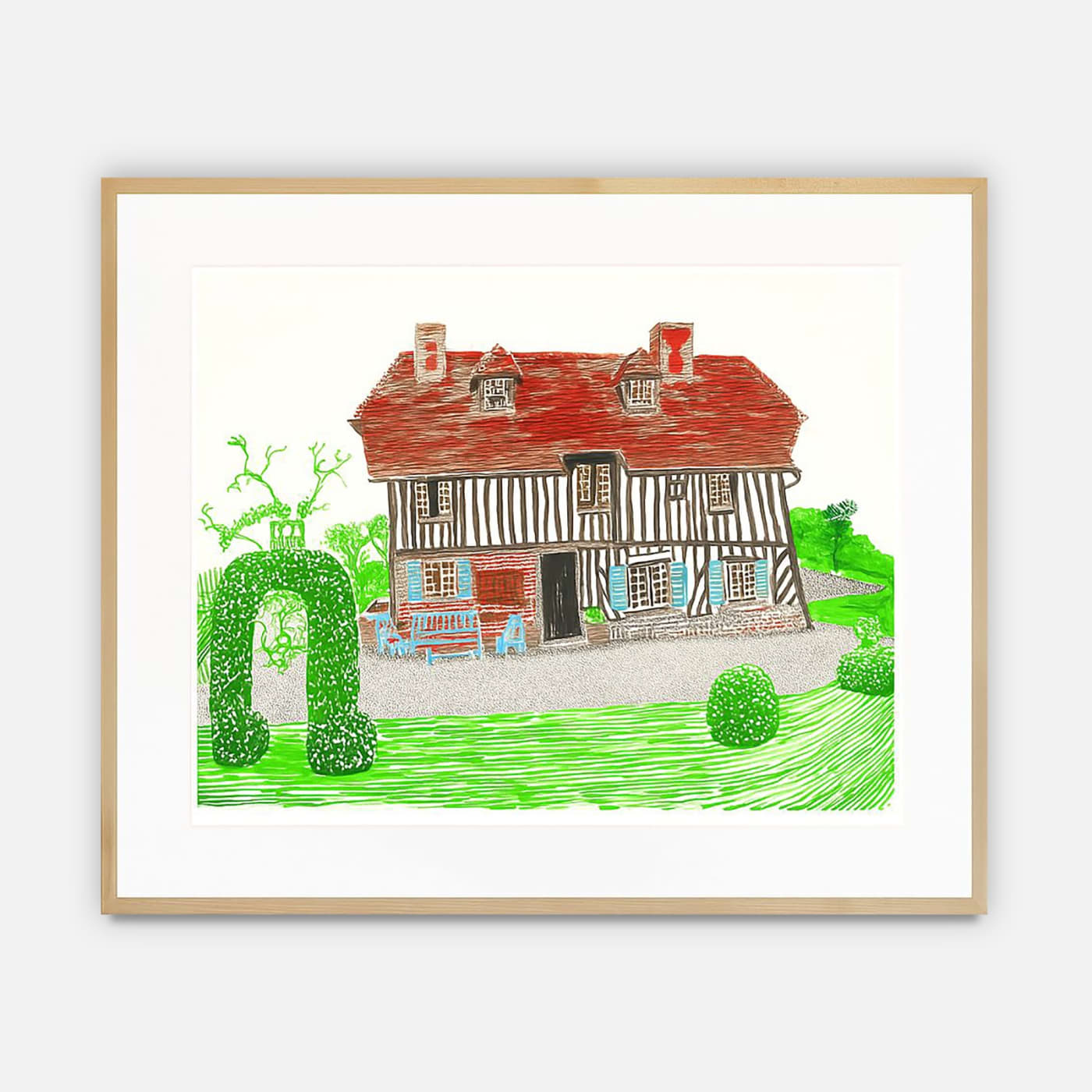
After moving to the village of Beuvron-en-Auge in Normandy in 2019, Hockney turned his attention to his new home, again offering a quiet contemplation on the ever-changing landscape. In Front of House Looking North, from his My Normandy series, is a scene of the artist's rustic 17th-century cottage and land. In this work, Hockney brings the same techniques that he uses in his iPad drawings into an ink drawing, deploying a similarly vibrant linework and colour palette. The house's red roof is contrasted sharply with the abundant greenery that encircles his home. In this domestic setting, Hockney meditates on place, time, light and nature in his immediate surroundings. In doing so, he recalled the earlier works of The Arrival of Spring, capturing the subtle changes in seasonal mood and life inherent within nature, this time in ink. Hockney pays close attention to surfaces, colours, light and perspective, and the crossover between his painting techniques and digital works is ever-present.


